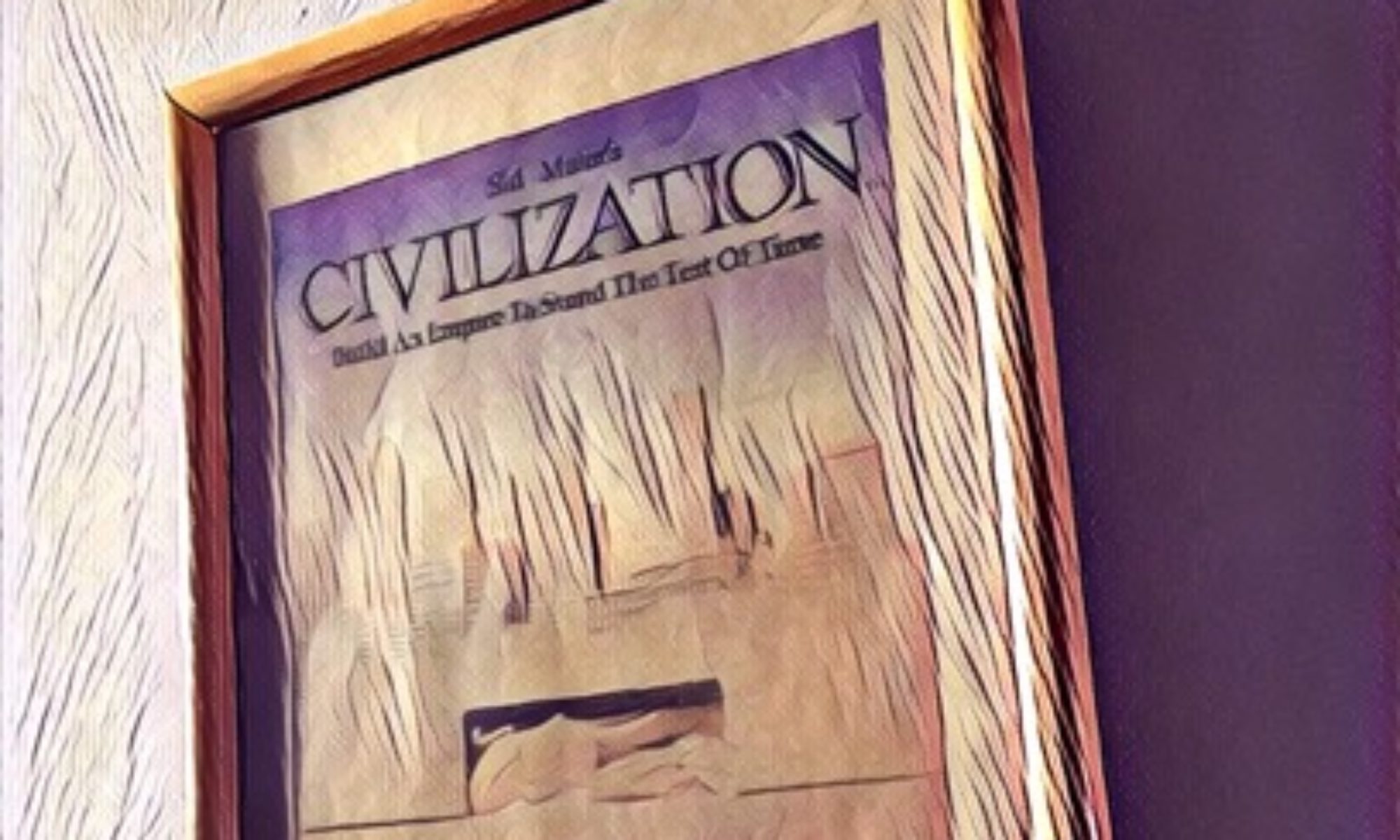“I see lightsabers, battle droids cut in half, more gowns than Princess Leia could ever afford” – “Hmm. It is the future, you see.” – The intimations of 1990 put a smile on Star Wars fandom.
1989 had been a swell year for Lucasfilm on the back of Steven Spielberg’s highly successful third entry in the Indy series: subscriptions to the Lucasfilm Fan Club increased, merchandise shipped a plenty and the company found itself back in the public limelight. Against this background, 1990 was marked by two major developments.
The Texan computer game company Origin had made itself a name with its award-winning role-playing series Ultima. The company’s rising star, coding wiz-kid Chris Roberts saw a great opportunity in the explosive evolution of PC technology. To fully exploit state-of-the-art technology, he put players at the heart of an epic space war waged by the feline Kilrathi against humanity through the magic of a jaw-dropping, 3D-real time animation engine. Players were speechless as they found themselves in the midst of stunningly rendered space battles. Roberts’ ingenious, if resource hungry trick was to map bitmap graphics onto vector-based objects to lend the game a decidedly photorealistic touch. The name of this legendary game that spawned sequels, spin-offs and novels: Wing Commander
Wing Commander was the quintessential killer application. Sound boards, hard drives, RAM and graphics cards sold like hot cakes as virtually the whole world craved to join the cause to save humanity from relentless warriors.
![]()
Wing Commander was an outstanding success, raising the bar for home computer gaming by several notches. In the conspicuous absence of Star Wars from computer screens, Roberts’ epic evolved into a legitimate saga of its own.
As Origin’s coffers were filling at an amazing rate, so were the aisles at the gates of MGM’s theme park in Florida where a special event was staged to celebrate the 10th anniversary of TESB: Underneath an awesome, life-size AT-AT, George Lucas himself inaugurated the brand new Star Tours attraction in Florida.

During his speech, Lucas told the crowd how an eventual new set of Star Wars films would most likely revolve around a young Obi-Wan and Anakin, adding that he could imagine “terribly good directors” such as Steven Spielberg or Ron Howard handling the directorial reigns for these new features. The first episode, Lucas estimated, may hit theatres in – gasp! – as little as four years. The announcement naturally sent shockwaves through the entertainment industry.
![forecetoreturn The Lucasfilm Fan Club Magazine announces in the summer of 1990 that "The FORCE [is] to Return in the 90's!!"](https://i2.wp.com/www.obiwandi.at/wp-content/uploads/forecetoreturn.jpg?resize=447%2C335)
From this point onwards, the world of Star Wars would never be the same again as the prequels were finally beginning to materialise in the original saga canon: although Indy continued to be the focus of the Lucasfilm Magazine along with previews of upcomping Lucasfilm Games titles, with nothing featured concerning “Star Wars”, apart from continuing articles about the making of “Empire”, and the offical word being that Lucas was working on a film about a bomber crew during World War II, the back cover of the magazine inquired: “Is the Force to return in the 90ies?” For Star Wars fans, the answer was clear.

Seven years after ROTJ, George Lucas had finally made a step into a larger world – again.
